There are many ways to get around the major Chinese cities - taxis, buses, bicycles, on foot or by subway.
However, one of the most convenient is China's metro, which is present in most of the leading Chinese cities - more than 40 cities offer a metro system, including Hong Kong and Macao, and there are many construction projects in those cities where it is not yet present and expansion projects in those where it is.
It is fast, economical, practical, technological, clean and developed, but unfortunately, it is often overcrowded, especially in certain sections and at certain times.
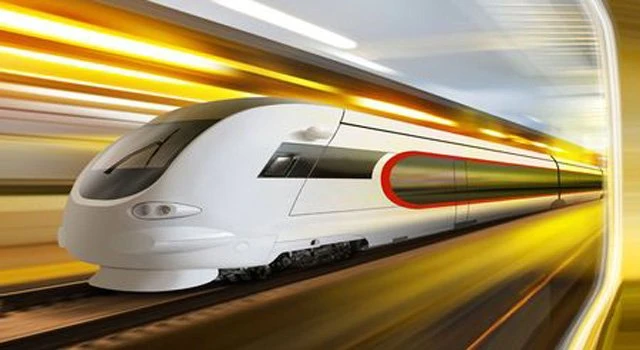
The 1st China's metro system was built in Beijing City in 1969, Line 1, and until 2002 it had only 2 lines.
As we know, China has a huge population. Despite the big development that took place in the 21st century, the Beijing Metro, with its 23 lines, still cannot adequately meet the needs of passengers.
However, it is still the most convenient means of transport in the city, as road traffic is avoided, especially during rush hour.
In this post, I will describe what the Chinese subway looks like, what to expect inside the stations and trains, and I will analyze the fares, lines, and maps of the subway system in the vast cities.
What does a Subway Station look like in China
Finding and accessing a subway station in China is not a big problem, as each station has at least 5 entrances/exits, even you will find some with more than 10 entrances like the Fu'tian stop in Shenzhen.
Inside, there is a small underground village where you can find everything: supermarkets, banks, ATMs, all kinds of shops for shopping, hairdressers, manicure centers, restaurants, cafes, electronics shops, opticians, also dentists, escalators, elevators, restrooms, and recently facial recognition in some stations.
In short, the only difference with the surface is that you are underground here.
They are such large spaces that sometimes, from the street entrance to the subway platform, you will have to walk for several minutes, not to mention the transfer stations where several lines cross.
Besides, you will find numerous automatic ticket machines, information desks which also function as ticket offices, security, controls and, above all, trains.
All the subways I have been in had the same structure: when you arrive at the platform, a barrier with automatic doors separates you from the subway tracks - security first.
In fact, these doors will only open when the train stops at a particular point, after which the subway doors will open.
The same applies to the closing - first the metro doors, then the barrier doors. When the doors open and close, they are accompanied by an acoustic signal.
Also, you will find numerous posters with nice vignettes inviting passengers to be civic and respectful of the rules:
- No smoking
- No pushing
- Stay in an orderly queue while waiting for the metro, no crossing the yellow line - from time to time, some controller will whistle in your direction, so you don't step over the line
- Let passengers off before boarding
- The famous "Mind the Gap"
- Do not lean on the doors of the vehicle
- Do not put your hands between the doors - it is necessary to remember
- No big animals are allowed inside the metro stations or inside the train
- And etc...
Keep in mind that inside the train, you will find many maps of the entire city's subway system, but in particular, you will find the details of the line you are traveling on, which will indicate the direction of travel and where you are.
Cards, Tickets and Fares
Unlike in other countries, the Chinese subway system does not provide any temporary passes that allow for savings on subway travel.
This is most likely due to the prices for metro travel are very low in China, and some routes may cost as little as CNY 1 (about USD 0.15).
Temporary "passes" designed for tourists are only available in larger cities. They have many versions available for 1 day, 3 days or 7 days.
Cards
However, you can buy a card for public transportation, called e-card, which is different for each city.
This card can be recharged with cash at the information desks in the metro stations, in some automatic ticket machines, through the appropriate applications in some cities and some cases, it is also possible to recharge it through Alipay or WeChat. You can also use it on buses, as it is a public transport card.
As I said, it is not a season ticket, but this card allows you to save time. You won't have to waste many minutes at the counter or at the automatic machines to buy individual tickets.
With this card, you can go directly to the turnstiles to access the platforms, swipe the card and pass.
When you get out, you do the same, and that is when the credit is deducted from the card: the exit turnstile will calculate the amount according to the entrance metro station and, sometimes, will tell you the remaining credit.
This option is particularly convenient if you are in China for medium or long stays. You do not need to present any identification document for the card to be issued, and you can return the card and request a balance refund if you end your stay in that city.
In some cities, an electronic ticket can be generated thanks to Alipay and there are special applications for the metro system.
In fact, by writing the name of the subway of that city, it is possible to obtain an electronic card for each journey made.
Using a QR code on your mobile phone, which you will use as a card, you can enter and exit the subway very quickly by scanning the code in the turnstiles.
Also in this case, you will pay when you get out of the metro by writing the password for the payments in the notice that arrives at the exact moment you pass the QR code to get out.
Tickets
However, if you are a tourist, in China for short periods, buying individual trips is the best option since the card does not allow you to save.
Don't worry if you don't speak Chinese. If you go to the information desk to buy your ticket, say the name of the station you want to go to or point out a map.
If you decide to buy tickets from the automatic machines, there is a possibility to change the language from Chinese to English.
Choose the station you want to go to from the maps on the screen and the method of payment, pay and collect the ticket. Please note: only CNY 1 coins or CNY 5, 10 and 20 notes are accepted.
Single-trip tickets are valid only on the day of issue.
In any case, at the arrival station, you must insert the "ticket" or "card" in the turnstiles. This is the only way you can leave. So remember to keep the ticket during the journey.
It can happen that, for distraction, when you buy the ticket you mark a different arrival station than the one you get off at, or you skip a stop and want to get off at the next one: in this case, the turnstile will not recognize the ticket and will not let you get off.
Go to the information desk (accessible also from inside and not only from outside the metro) and indicate that you have a problem. Most of the time, they will overlook the problem and let you through, especially if they see that you're a foreigner tourist.
If you find someone more stubborn, you will have to buy a new ticket paying the actual distance traveled (few CNY) or just the difference. You will not be fined, don't worry.
Fares
As we have already mentioned, traveling by metro is not only practical in terms of time but also economical.
The price of a card is almost identical in all Chinese cities: 20-30 CNY (about 3-4 USD).
As for the price to pay per journey (whether you use a card or buy a single ticket, although it varies in each city), it is based on the distance in km to be covered from the departure station.
For shorter distances (usually one to three stops), it varies from 1 to 3 CNY (about 0.15 to 0.5 USD), while for longer distances, it may even exceed 10 CNY (just about 1.5 USD).
As you can see, it is very convenient.
Useful Moblie Apps
Personally, one of the applications that I found most useful in China to travel by metro was "China Metro" (you can also find it under the old name of "MetroMan"), marked with a yellow "M."
Thanks to this App, you can easily check all the subway lines of each Chinese city in a few seconds, write the departure and arrival stations checking the suggested itineraries, maps, individual subway stations, the price based on the route according to the km to travel, the schedules, control the route to travel by connecting automatically to Maps or the digital map, etc.
You can also switch the language from the 11 available (including English, Italian, Spanish, French and German).
Finally, in addition to being able to set a favorite city, what I like best about this intuitive application is that it is constantly updated, is completely free and works offline!
Survival Tips
As far as traveling by metro, I recommend two things in particular.
Try to avoid rush hours, otherwise you will find the trains crowded with people and you won't be able to move.
If you are near the doors, be careful not to get stuck with a part of your body or your backpack and try not to get dragged by the marabout of people getting on and off.
There may even be queues several meters long and some drivers to direct "human traffic."
Also, when you find yourself on a crowded train (it will certainly pass you by), keep an eye on your belongings. Try to hold your bag or backpack in front of you and close your pockets.
Metro in Major Chinese Cities
In this short section, I will specifically indicate the prices of tickets and passes, the lines and maps of the metro system of 5 Chinese cities.
Please note that each subway system has a particular symbol, different from city to city, but the stations are very recognizable.
Currently, more than 50 Chinese cities have a metro (or similar system), and according to Baidu, there will be a total extension of more than 7,000 km with more than 300 metro lines.
Undoubtedly, this is one of the best ways to get to the main places to visit.
Beijing
Schedule: 5:00-23:00
Rates: 0-6 km: 3 CNY; More than 6 km - add 1 CNY for every 6 km
The public transport card costs 20 CNY.
Shanghai
Schedule: 5:00-23:00
Rates: 0-6 km: 3 CNY; More than 6 km - add 1 CNY for every 10 km
The public transport card costs 20 CNY.
Chongqing
Schedule: 6:30-22:30.
Rates: 0-6 km: 2 CNY; More than 6 km - add 1 CNY for every 6 km.
The public transport card costs 25 CNY.
Chengdu
Schedule: 9:00-23:00.
Rates: 0-4 km: 2 CNY; More than 4 km - add 1 CNY for every 6 km
The public transport card costs 20 CNY.
Guangzhou
Schedule: 6:00-23.30
Rates: 0-4 km: 2 CNY; More than 4 km - add 1 CNY for every 6 km.
The public transport card costs 20 CNY.
Shenzhen
Schedule: 6:00-23.30
Rates: 0-4 km: 2 CNY; More than 4 km - add 1 CNY for every 6 km.
The public transport card costs 20 CNY.
As you can see, the overall price of the Chinese subway is very cheap, meaning you can spend only $0.3 (up to $3) to get to any area of the city. Please note that the metro fares in each city may be adjusted every season, so you could download the app as described in the previous section. Check for the latest fares at the time (usually with tiny price fluctuation).
Using the subway & metro in China is simple, cheap, and practical, but no matter what kind of transportation you take, please be safe and obey the traffic rules.
Have a good trip in China!
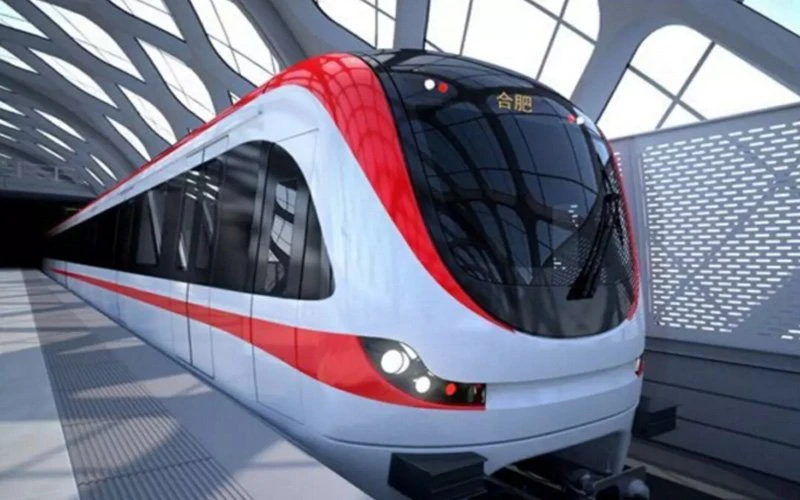
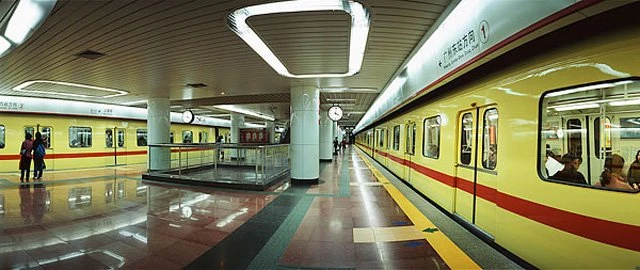
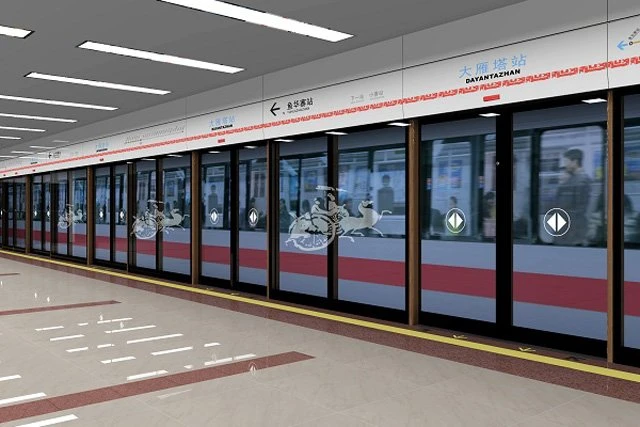
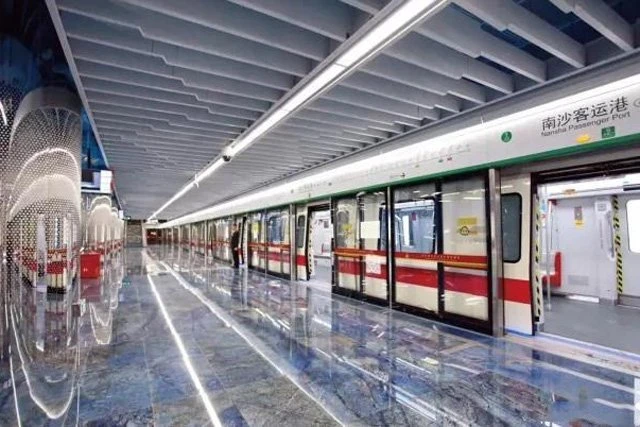
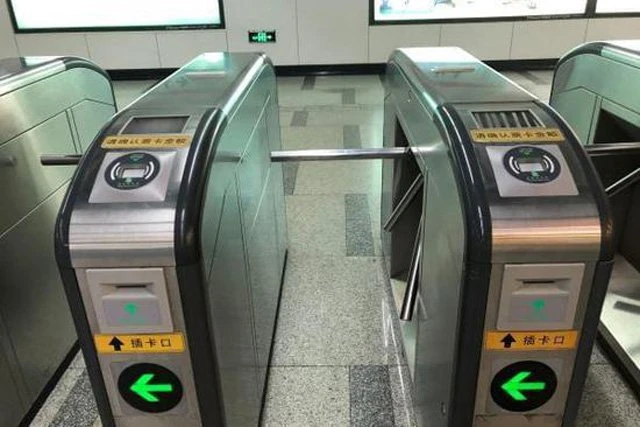
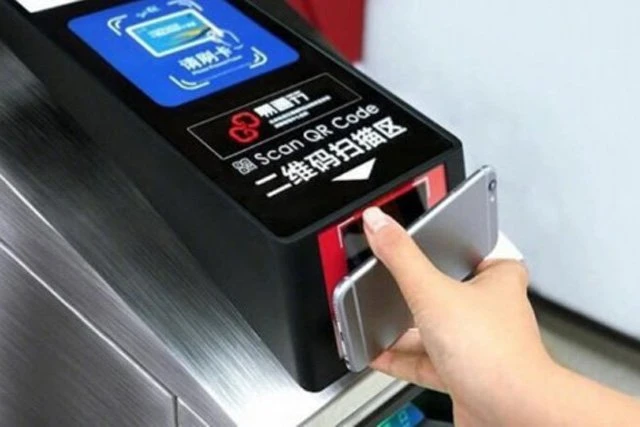
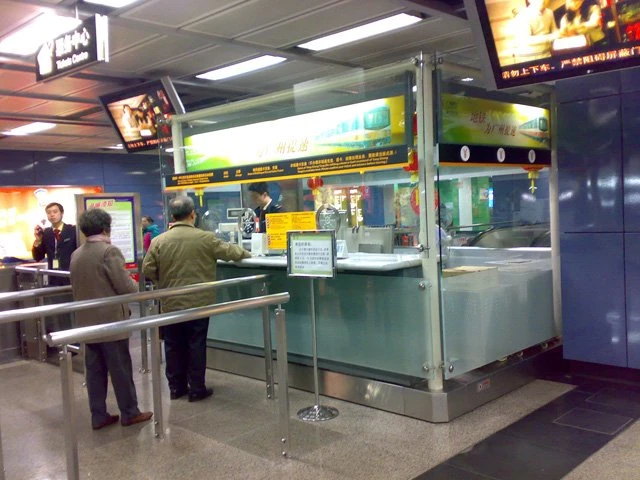
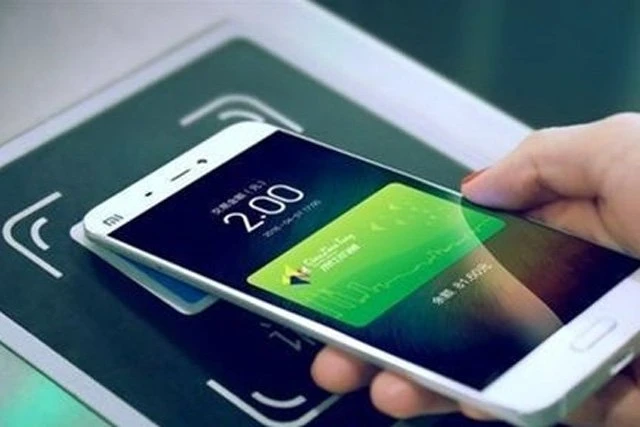
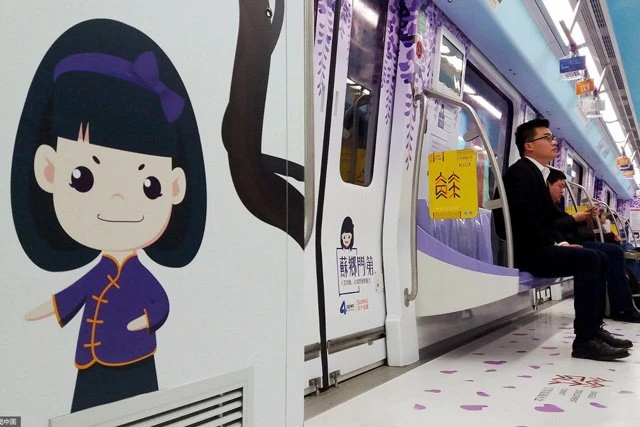
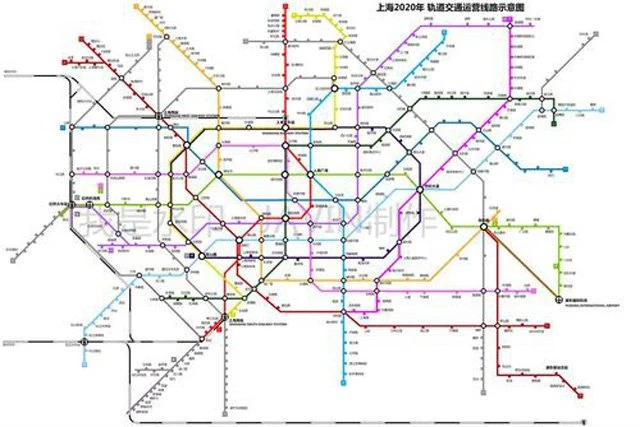

Aku ingin naik metro😂
Terlihat megah metro nya